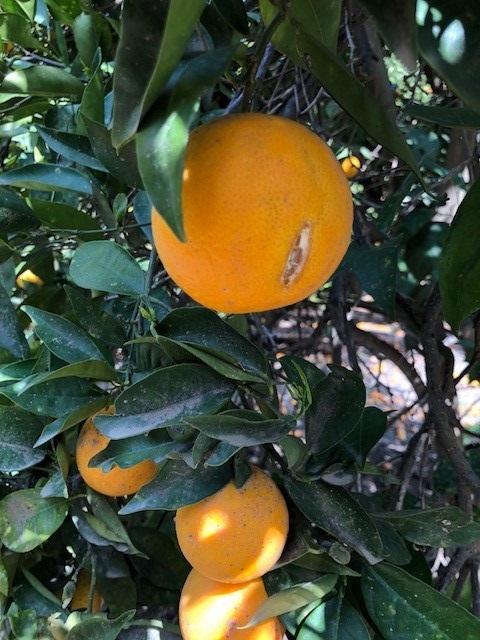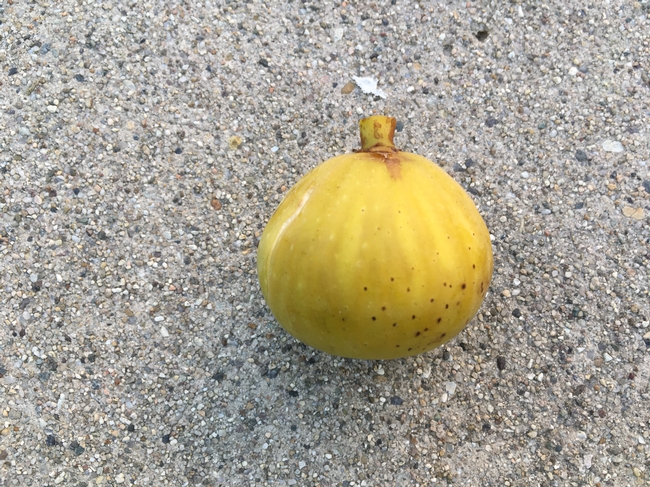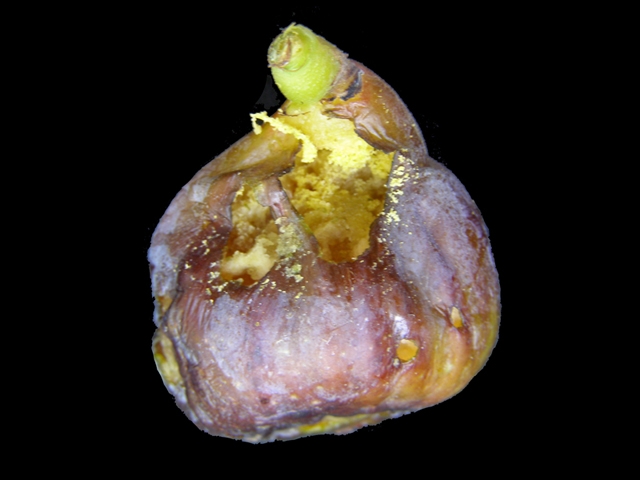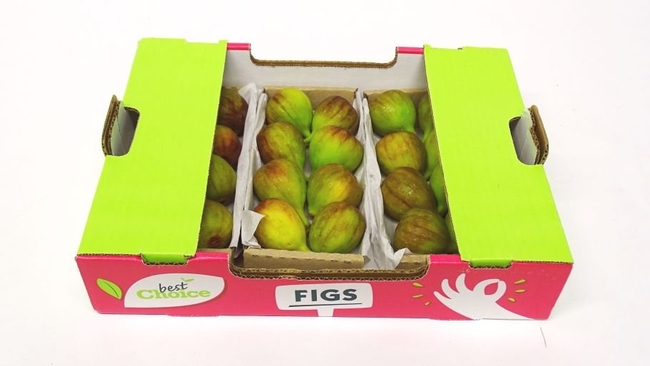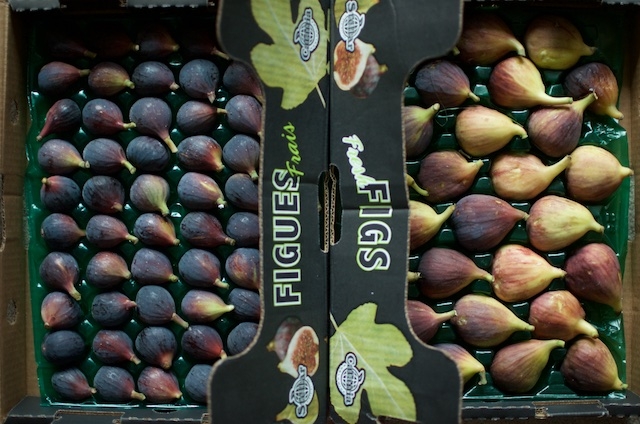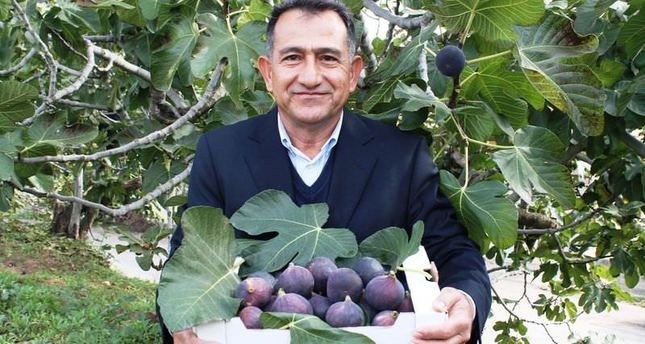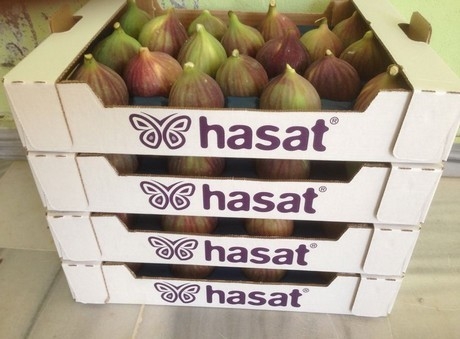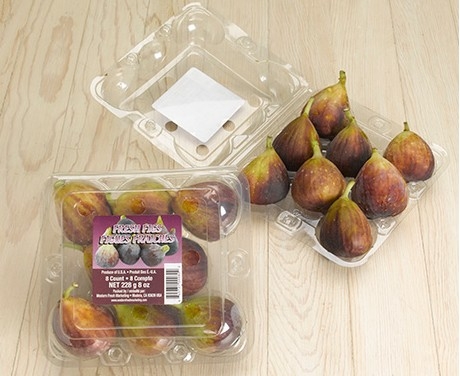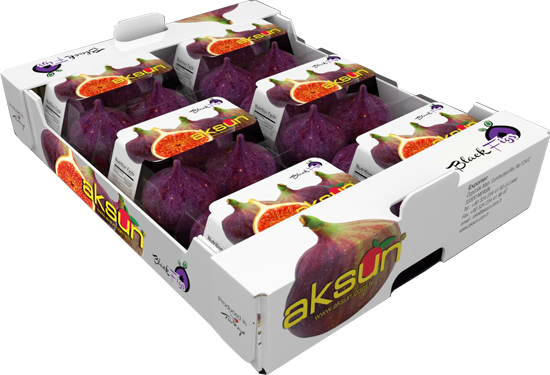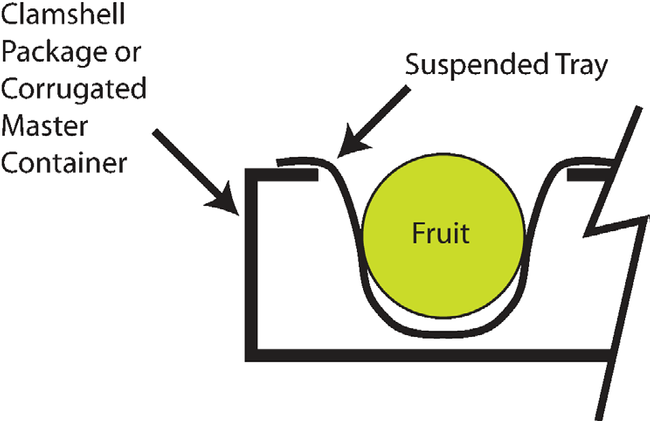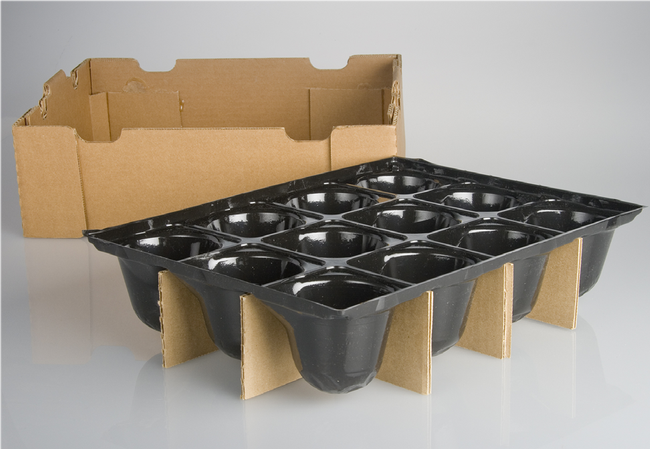
Posts Tagged: peach
What Winter? Not Cold Enough for Apricot, Too Warm for Valencia
So, there are peach trees right now that are flower-less and leaf-less. Wisteria which should have flowered in February is bare. The Royal apricot next door has no flower. The Lombardy poplars and birch in Oxnard don't have leaves. Spring is here, grass is growing, but many deciduous trees are still leafless and haven't flowered? What is going on?
Deciduous fruit trees and many landscape trees like poplar, birch, willow and sycamore, etc. must go through a dormant period each winter in preparation for producing fruit and leaves the following spring and summer. This rest period, also known as a chilling period, is directly related to winter temperatures. For many varieties of trees, the most efficient temperature for chilling is 45°F, with little additional chilling effect at temperatures below 32°F. Brief warm spells in winter have a negative effect — temperatures above 70°F for four or more hours offset any chilling that happened in the previous 24-36 hours.
Once chilling is complete, the trees prepare to wake up from dormancy and bud after a certain amount of warming takes place. The amount of required warming is cumulative, measured by counting the number of degrees each day above a threshold temperature, usually 40°F. This cumulative warming, combined with how well the tree met its chilling requirement over the winter, determines whether a tree buds early or late in the spring.
Tables and charts have been developed for different chilling requirements of fruit trees. The number of hours needed at or below 45°F varies with the type of tree:
- Peach: 400 to 1050 hours
- Apple: 800 to 1100 hours
- Cherry: 1000+ hours
But in coastal Southern California, those hours are never achieved. You need to go to Santa Ynez to get close to those hours. More typically in the Santa Paula, Santa Barbara, San Luis Obispo area, the chilling hours below 45 are close to 200 and lower in many years. Some years there is more, some years less. How temperatures above 70 affect chilling aren't always clear. As a result there are several different ways to account for chilling and none of them work very well for the coast./
Fortunately, we have low-chill varieties of many fruit trees that will produce with lower chilling. So ‘Anna' apple and ‘Royal' apricot do well, and many landscape trees are adapted to the lower winter chilling along the coast and do well. Low chill blueberries thrive to the point that in many years, they don't even go dormant.
This year the warm, cold, warm, cold pattern has mixed trees up. There are some deciduous trees that are doing fine, while others still have not flowered and leafed out. The mix of temperatures is not following the traditional patterns used to calculate chilling requirement. The trees are following their own pattern.
In the last several years in Southern California, winters have seemed shorter and milder, resulting in earlier springs. Trees that have flourished in a location could have decreasing yields in the future, and the favorable locations to grow these fruit trees could shift.
The Fruit and Nut Center at UC Davis has a link to the CIMIS system operated by the CA Dept of Water Resources. The site has various methods of calculating chilling hours, none of them seem adequate though for describing what is happening in the landscape today in Southern California
http://fruitsandnuts.ucdavis.edu/Weather_Services/chilling_accumulation_models/
Look at it to see if you can see a new way of understanding deciduous tree response to the weather.
Just got a call recently that 'Valencia' oranges are splitting. This normally happens to ripe 'Navels' that are over mature and get erratic winter irrigation, especially during drought. In this case, the 'Valencias' are advanced in maturity because of the warm winter, probably advanced by two months. Again erratic watering has probably lead to this splitting.
What a crazy winter.
Splitting coastal 'Valencia' oranges in April, 2018
photo: Peaches without adequate chilling.
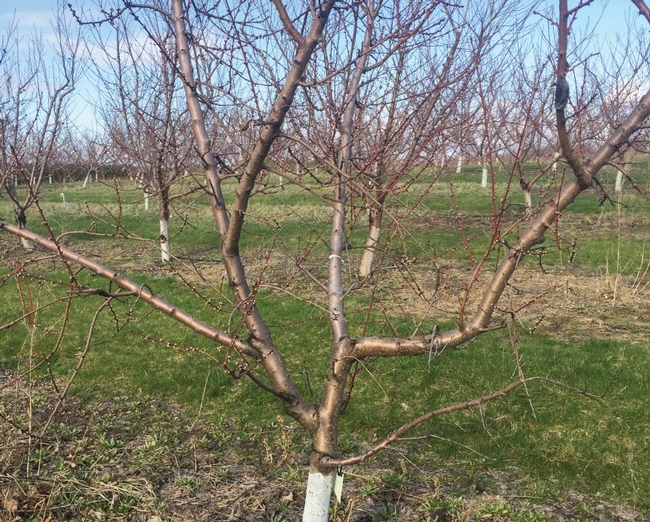
no chill peach
What's More Delicate than an Egg?
A fig. A yellow fig. A most delicious 'Kadota' fig. A piece of fruit that falls apart easily and shows every nick, scrape and bump.
And it doesn't take much to reduce a fig to something that is not very attractive to a consumer.
There have been all manner of packing materials that have been devised for shipping fresh figs. Nestled in individual packing hollows they can be shipped to arrive in pretty good condition.
'Bursa Black" which is a 1/4 pound fig grown in the Bursa region of Turkey is shipped to large cities in Europe and because of careful fruit selection and packaging, arrives in excellent shape at the delivery point
Some of these shipping containers pack for individual display, making it easy for the seller to keep from damaging the fruit when removed from the container.
The ultimate shipping container that has been developed for delicate fruit is a "suspended tray" container which floats the fruit to its destination. It's somewhat pricey, so the value of the fruit will determine its value to the shipper. A description of the tray using pears and avocados follows:
SUSPENDED TRAY PACKAGE FOR PROTECTING
SOFT FRUIT FROM MECHANICAL DAMAGE
J. F. Thompson, D. C. Slaughter, M. L. Arpaia
Bartlett pears and Hass avocados are subject to transport vibration damage and their susceptibility to damage
increases as the fruit soften during ripening. Firm fruit,greater than 50 SIQ units (13-lb penetrometer firmness) for
pears and greater than 65 SIQ units (3.0-lb penetrometer firmness) for avocados, could be shipped in a wide variety of
conventional packages with little transit vibration damage.However softer fruit sustains significant transit vibration
damage when packed in conventional packaging systems and subjected to severe in-transit vibration conditions common to cross-country transit in the United States. This study demonstrated that softer fruit was protected from transit vibration damage when packed in a suspended tray packaging system. The study showed that even eating-ripefruit could be shipped in the suspended tray system with transit vibration damage not significantly greater than nonvibrated control fruit.
http://ucce.ucdavis.edu/files/datastore/234-908.pdf
But hey, an egg carton may work just about as well.

figs in crate
Fruit and Nut Trees for Coastal California
It's possible to grown many other tree crops along the coast other than avocado and citrus. When speaking of other perennial evergreens like avocado, trees that don't lose their leaves but retain a canopy year round, we want trees that can handle the occasional cold periods that happen in winter. In fact, some trees like 'Hass' avocado need something like 50 hours of chilling – hours below 45 degree Fahrenheit. When trying to grow ‘Hass' in the tropics, the tree gradually loses vigor because the cold need to break dormancy of buds isn't there. So they grow tropical varieties in Florida and the Dominican Republic and consumers get used to the less oily flavor of the tropical varieties. Low or no chilling requirement fruit trees like durian, jackfruit and other tropical fruit can't handle the cold we get in coastal California. There are many different unusual fruits that can be grown, like cherimoya, sapote and mango throughout the southland.
However, if we try to grow low chill varieties of deciduous fruit that can handle winter cold, like apple and peach varieties, they often have insipid in flavor. Here's a list of fruit trees that are adapted to coastal southern California. And if you choose any of the deciduous varieties, make sure you plant them bare root next winter. They are cheaper and transplant better with less transplant shock than planting them when they are in leaf.
http://ceventura.ucanr.edu/Com_Ag/Subtropical/Fruit_and_Nut_Varieties/

peaches
Avocado Body Rots Are Showing Up Now
Get ready for more rotting avocado fruit if you have leaf blight showing up in your tree canopy. The fungal spores (one of the Botryosphaerias we once lumped as Dothiorella) that create the infection spread in an irregular pattern over the leaf and down the stem (then called “stem blight”). This is often confused with salt or tip burn. The two conditions are caused by the same problem, water and or salt stress. However, in the case of leaf blight, this is a pathogen that can pass to neighboring fruit and begin the process of rot. This starts happening when the fruit starts ripening and softening, so it's often not seen in the orchard, but the packhouse or in the market.
Control is basically gaining control over the soil moisture and salinity in the root zone and when the leaf blight starts showing up in the canopy, cutting as much out back to green tissue as is economically possible.
Leaf blights from this group of fungi have also been reported as infecting other fruits, such as citrus, apple, peach and grape among others. The solution is the same - water right and cut the stuff out when and if it shows up.
Photos:
Body rots
Rot spreading to flesh
Leaf Blight

avocado body rot1

avocado body rot2

Avocado leaf blight

